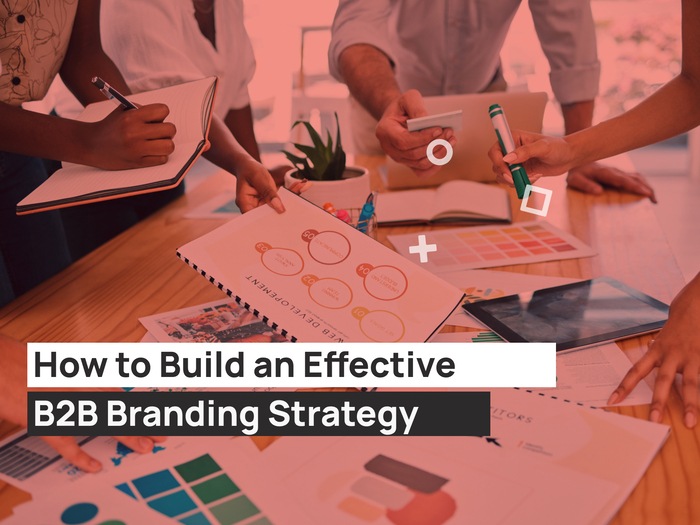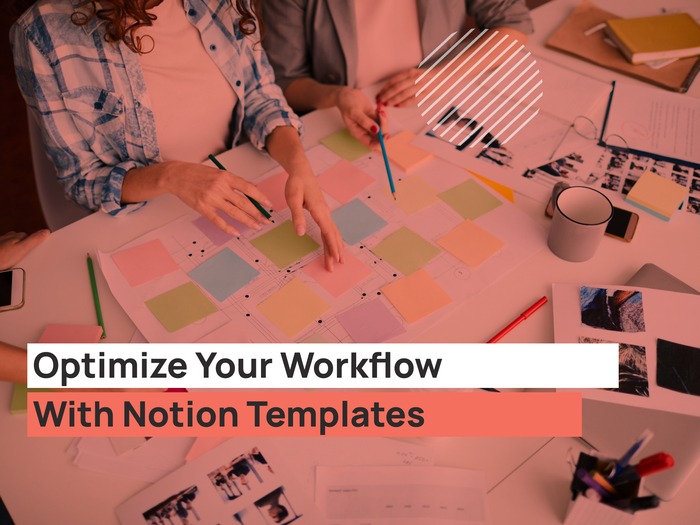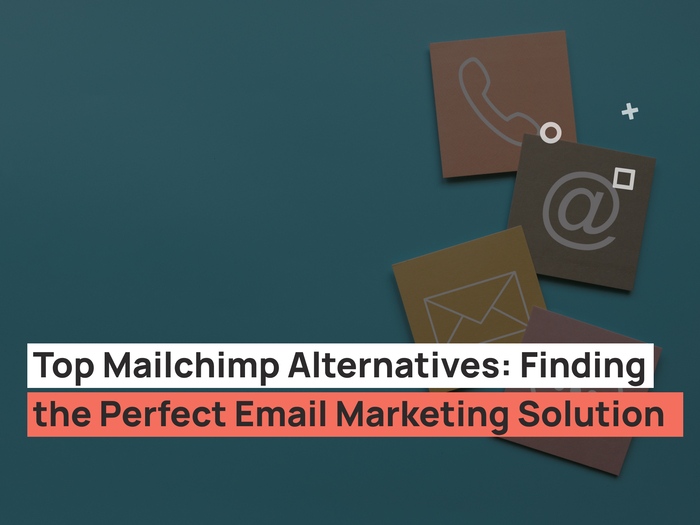Growing a loyal following and building a thriving business begins with the progressive nurturing of prospects through funnel marketing. Here, you draw prospective clients towards buying your products and services.
This also means you should understand the concept of an effective marketing funnel to boost conversion rates and boost sales in your business.
But the big question is how do you launch an effective marketing funnel and make it successful? In this post, we’ll focus on result-oriented funnel marketing for increased lead generation and massive conversion rates.
Let’s begin by taking a closer look at the meaning of funnel marketing.
What’s Funnel Marketing?
Think of funnel marketing as a promotion tactic involving a prospect-based model that maps out a potential customer’s journey from the point of awareness to the purchasing stage.
Put differently, funnel marketing is an audience journey from when they learn about your products and services to when they are ready to buy them.
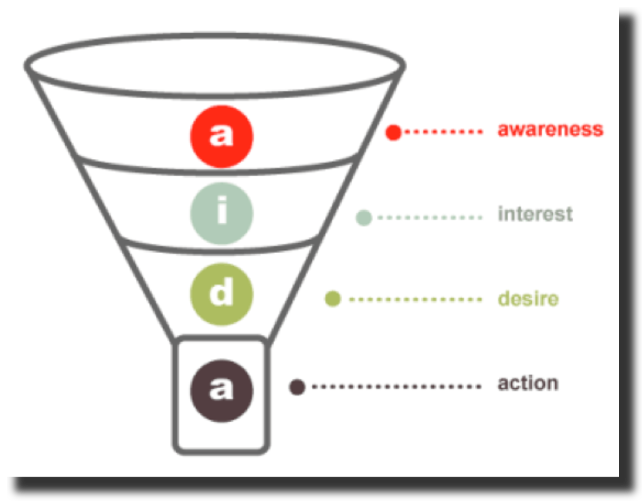
When you think of it literally, funnel marketing resembles pouring a mixture of large and small-sized particles into a sieving funnel.
The sieve will retain the large particles and allow the small ones to pass through and emerge at the end of the funnel.
Similarly, your audience is a mixture of prospects who will buy from you and those who’ll quit along the way.
The former group of potential customers is represented by the small particles that pass through the sieve and come out at the end of the funnel, while the latter are the large ones retained in the above illustration.
Long story short, at the beginning of your funnel marketing, you’ll have many prospects, but not all will convert to customers.
Next, before we look at the different marketing funnel stages, we’ll start by looking at the types of funnel marketing you’re likely to see today.
What Are the Different Types of Funnels?
In this post, we’ll be focusing on marketing funnels. This is a funnel that starts with a form of a marketing campaign.
This can be a video ad, a PPC ad, social media ad, content marketing campaigns, IRL ad, or a white paper download. Other marketing funnel types you’ll come across include:
- Email funnels
- Home page funnels
- Sales funnels
- Video marketing funnels
- Webinar funnels
- Lead magnet funnels
Even with the different names, all these funnels follow the same pathway — the steps prospective customers take to conversion. (In some instances, they’re known as conversion funnels)
Stages of a Marketing Funnel (Plus What You Should Do in Each Stage)
Stage 1: Awareness (Top Of the Funnel)
This stage marks the beginning of the marketing funnel journey. It’s where potential customers discover their pain points. In addition to that, it’s in this step where clients are likely to notice your business’s existence.
This can be through word of mouth from other people, a Facebook post, a Google search, or in general, any means that exposes your business to them.
In light of that, there are specific things you must keep in mind if you are targeting potential customers in this stage.
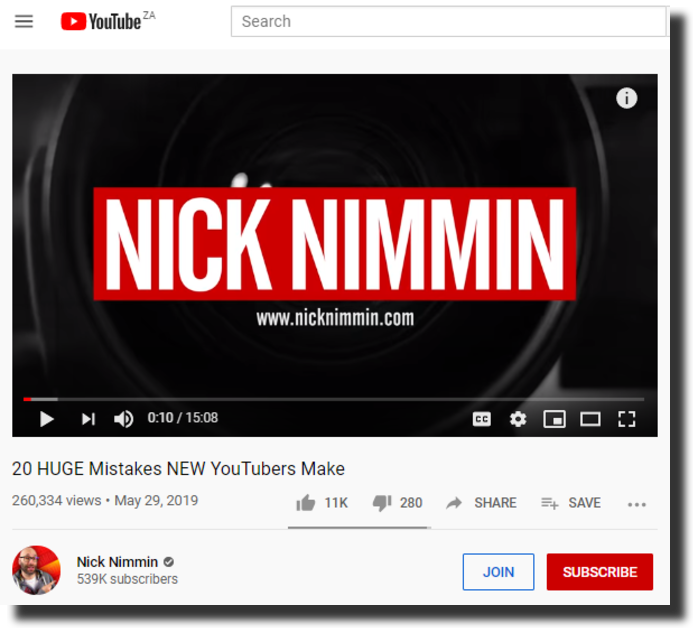
First, you must understand the pain points that will push them to pursue possible solutions to best serve them best. In other words, the awareness stage requires putting prospects’ needs in the spotlight.
That means you’ll come up with a specific marketing strategy that leans towards tackling their specific problem. In return, you’ll show them that you know what they are going through.
This way, you’ll establish trust that makes them place you as an authority in that particular niche.
Even better, you’ll push them gently down the funnel to the next level, and they’ll take a step towards becoming buyers. So, share helpful content that enables prospects to understand their problem better when in the awareness stage.
Remember; avoid selling your products and services to prospects in the awareness stage. This is because you’ll only chase them away, which means losing high-quality potential customers.
Note that, they are still new to their current challenges and need help understanding their pain points better.
Stage 2: Interest (Middle Of the Funnel)
Potential customers have a clear picture of their pain points in the middle stage of the marketing funnel. At this stage, clients are relentlessly searching for possible solutions to the issues they’re facing and need a solution.
Also, at this stage, they are doing thorough research for possible ways to chase away their troubles. They are thinking about the options on the table to come up with the perfect solution.
With that in mind, you should tailor your marketing tactics to be more informative, educational, and relevant when targeting middle stage prospects.
In other terms, your middle-stage marketing techniques should help potential customers evaluate their options and come up with the best solution. In this stage, don’t strike them hard with the selling tactics.
Instead, focus solely on helping them evaluate their choices. Avoid giving your customers the picture of pushing them to purchase your products or services. Keep in mind that they are not ready to make the purchasing decision yet.
Take a look at the following example:
Let’s say you are a software provider for eLearning services. Here’s how you can help middle-funnel prospects find the best options. In such a case, potential customers are already aware that they need the best virtual learning software.
What they’re trying to find out is how to identify the best eLearning software. You can be their hero by feeding them value-packed content on your site that covers a topic like “Top features to look for in good eLearning software.”
Key Takeaway: Stick to being informative and educational and enhancing relevance when sharing your thoughts with prospects in the Interest stage.
Also, aim at growing the trust you established in the awareness stage apart from helping them come up with the best options to solve their problems.
Stage 3: Consideration – Evaluation Stage (Middle Of the Funnel)
Evaluation is the next stage in the marketing funnel. By now, potential customers have their pain points and a selected list of possible solutions at their fingertips.
In this stage, they will weigh their choices and rule out the ones with massive pitfalls to narrow down the list of possible solutions.
For you, as a business owner, this stage features a well-built relationship with the prospects. Plus, it’s a clear reflection of massive growth in trust between your business and potential clients.
For that reason, it’s your golden chance to remain on the list of possible solutions for prospects. Put differently, it’s an opportunity to convince customers-to-be that you’re still worthy of getting considered a viable solution to pain points.
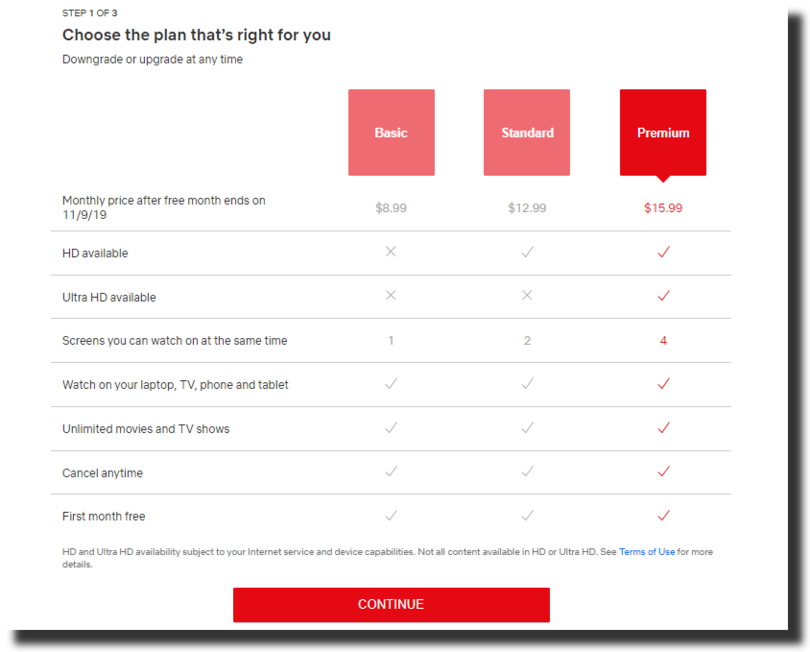
Having that in mind, you need to use your best approaches and tactics to keep the prospects engaged in this stage. You have to give your customers reasons to keep you in mind as they decide on whom to buy from.
B2B brands bring their big game to the field in this stage and provide in-depth content to prospects using webinars and eBooks or other efficient methods.
This is to ensure they offer precise and more specific answers to questions from prospects. This way, they can prove to potential clients that they’ve got what it takes to take away their pain points.
As a B2B brand, you should do the same to seal the deal with prospects and send them down to the next stage in funnel marketing.
Key Take-Away: In the evaluation stage, potential clients have a list of choices. Your main goal in this stage should be to remain on that list.
You can achieve this by offering masterly advice and insanely effective content that hits the correct spot and propel prospects’ journey to the bottom of the marketing funnel.
Stage 4: Decision (Bottom Of the Funnel)
After going through three stages, prospects’ decisions mark the beginning of the end of the marketing sales funnel.
This comes from understanding their pain points, learning more about the available choices, and opting for the best. Now, they’re ready to decide to buy.
As a business owner, this is the stage where you should employ all the techniques to convince customers to buy from you. Meaning, you should use methods that help you boost prospects’ confidence in your business.
These tactics should point them towards purchasing your products and services. To do this, use case study content to stand out in the eyes of prospects.
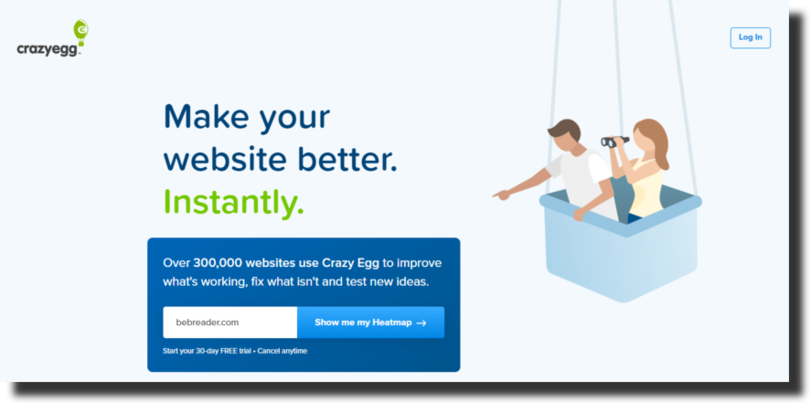
That means that you should highlight the most remarkable aspects of your products and services that overrule your competitors.
To achieve this, you can use success testimonies from previous or current customers, reflecting high authority in the industry.
Another way of drawing in potential clients so they purchase your products is by giving them your best offer.
That means you should provide them with something irresistible that they can’t afford to miss out on. For instance, you can offer them amazing discounts that won’t harm your business’s stability.
Also, you can consider offering free delivery, especially when they have to purchase your products online. Free deliveries are great for increasing your conversion rates.
Studies reveal that 73 % of people are more likely to buy a product when it includes free shipping.
Regardless of the techniques you end up using to win potential clients so they buy your products, it should be strong enough to eliminate second-guessing in your prospects.
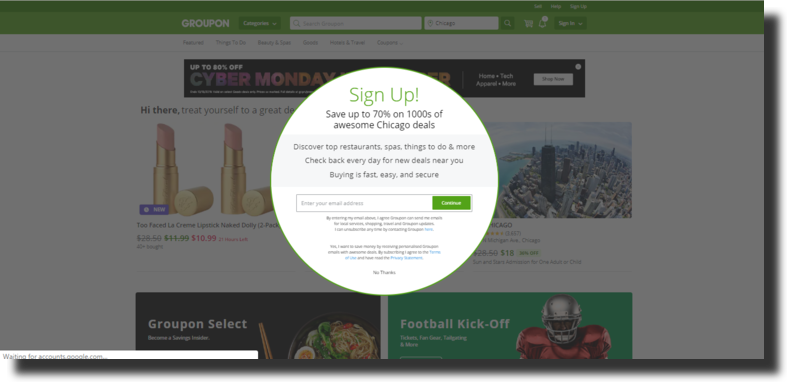
Remember, you’re playing with their Fear Of Missing Out something unique, and therefore, you should get creative to win them over.
Improve Your User-Experience
Another factor to keep an eye on is the user experience of your site. This is crucial as it can make or break your efforts in convincing prospects to buy from your online store.
Needless to say, this can drive away prospective clients if your site is hard to navigate. Therefore, ensure your website is operating at optimal speeds, and the user experience is beyond doubt.
Key take-away: In the decision stage, prospects are ready to buy. Here, they want assurance that they are making the right decision buying from you.
So, use everything you’ve got that can boost their confidence in your business. Something else to note is that things like irresistible offers can do magic in this stage.
Stage 5: Post-Purchase Behavior (Bottom Of the Funnel)
At this stage, the purchase decision has already been made. In other terms, you’ve converted prospects into customers who have just bought your products or services. With the purchase decision made, it doesn’t mean that the sales process is done.
Remember, your goal is making them buy from you, return for more, and most importantly, spread the word to others about your business.
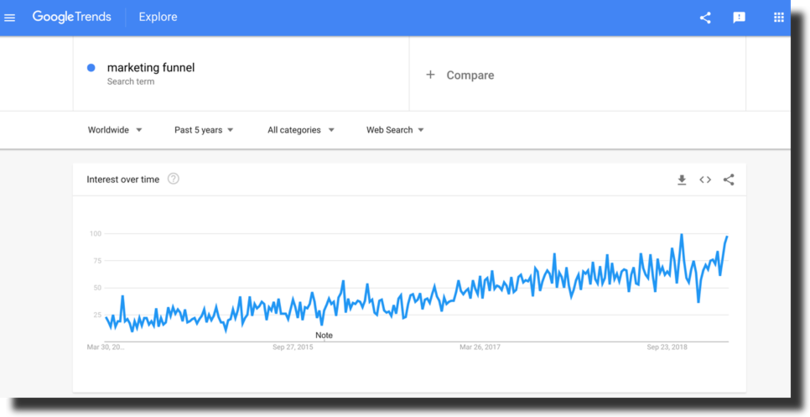
Put differently, your end game should be to transform the new customers into return customers by giving them reasons to remain loyal to your business.
How do you achieve this? The answer is simple. Use clever onboarding tactics like giving them personal attention after buying.
For example, you can give them all the details they need to use your products successfully. In return, they’ll confirm that the purchasing decision they made was the best. This way, you’ll give them reasons to come back for more whenever the need arises.
Better yet, they’ll be more likely to pass the message of satisfaction to other people in the form of recommendations and positive reviews.
Keep in mind that even with excellent product quality, the purchase aftermath is critical. That is to say, the slightest disappointment immediately after purchase can yield ugly results like customers requesting refunds.
Even worse, they can write bad reviews about your products or services and seek help from your competitors.
For excellent post-purchase behavior, you can create FAQ content on your products and services. On top of that, make it effortless for the new customers to get support whenever they need it.
Finally, you can ask for genuine feedback on the purchase process from the customers. This helps you spot mistakes in your marketing funnel and fix them as fast as possible.
How To Create A Loyal Fan Base
Once a customer has made the first purchase, you can create a loyal fan base by:
· Have loyalty programs in your business, which you can invite customers to join after buying from you. A loyalty program is a reward program for your customers. For instance, you can have special discounts for customers who regularly purchase your products or services. Also, you can have special offers for referrals. Note that you’ll get a loyal following in your business by executing this program faultlessly, which includes focusing solely on the prospects.
· Email Campaigns with helpful content about the products or services your business offers. Remember, the goal is to remain relevant by serving their needs. This way, you’ll keep them tightly engaged, and you’ll keep them in your pocket as return customers.
Note that 77% of customers say they’ve kept strong ties with specific brands for ten years or more. That is to say, if you make your customers loyal to you, you can have a long-term customer-business relationship that mirrors frequent purchases.
Also, research has uncovered that 75% of loyal clients recommend a brand to family members and friends. That means a loyal clientele can help you grow your audience and sell your products to many more people.
Key take-away: The last stage of the marketing funnel is post-purchase behavior. As a business owner, your end goal in this stage is transforming them to return customers by earning their loyalty.
You can achieve this by staying relevant even after purchase.
The Importance Of Understanding The Marketing Funnel (Sales Funnel)
As you’ve witnessed above, a marketing sales funnel provides a framework of stages of a customer’s buying journey. As a business owner, this can help you visualize customers’ journey from the awareness stage to the conversion stage.
This way, you can spot flaws in your marketing efforts and identify those areas that require improvements for more tangible results. For instance, you’ll know that it’s a costly mistake to sell your products to prospects in the awareness stage.
In addition, understanding the marketing funnel gives you first-hand information on specific details to use when targeting particular prospects in different stages of the funnel.
This way, you can draw in customers to buy your products and services, thus making the process much easier.
The New Vs. The Old Digital Marketing Funnel
The new digital marketing funnel is the one described above. That is awareness –> Interest –> Consideration –> Evaluation –> Post-Purchase behavior.
On the other end, the old digital marketing funnel is AIDA, which means, Awareness –> Interest –> Desire –> Action. So, what’s the difference between the two?
The old digital marketing funnel is linear, which is to say, it puts all the prospects in the same bracket. It’s mainly based on universal user behavior and assumes that all the potential customers will follow exact paths when buying a product or service.
This model made businesses miss perfect opportunities to reach out to buyers and convert them into return customers. That’s why the new model is adopted by many organizations today.
The current digital funnel marketing considers that technology has taken a new path. For instance, it factors in the fact that the internet is growing daily with an ever-increasing number of users.
As a result, potential clients have enough tools to thoroughly research brands, products, and services before buying. For example, prospects can consult articles, read product reviews on social media, watch Youtube videos, and more.
The new marketing funnel considers that all the above research opportunities have allowed prospects to be non-linear or unpredictable.
Therefore, there’s the need to focus on behaviors that drive potential customers and develop specific strategies to fit prospects’ individual needs.
The following are the marketing strategies based on the new model of the digital marketing funnel.
New Model Funnel Marketing Strategy
In this section, you’ll get a clear view of the techniques to implement in different sections of the marketing funnel – top, middle, and bottom.
You’ll also learn how to lead prospects from one step to another as they move closer to becoming buyers.
#1. Top Of the Funnel Marketing Strategy (Awareness Stage Tactics)
When targeting customers in this stage of your digital marketing funnel, your core goal is attracting tons of targeted visitors to something linked to your business, like websites.
That is possible by grabbing prospects’ attention using relevant content. Here’s how to get started when targeting the top-of-the-funnel potential clients.
Top Of the Funnel Content
In the awareness stage (top of the funnel), you should craft high-quality content touching topics related to your business or industry. Your aim here is to educate prospects on their pain points for a better understanding.
Your content like videos, blog posts, social media posts, or anything else should offer free but valuable information to potential customers.
Always remember the following when drafting awareness stage content: Free Educational, Content & Industry or business-related.
Top of the Marketing Funnel Techniques
The following tactics are result-oriented based on the goals of the awareness stage in the marketing funnel – attracting tons of prospects while generating awareness.
· Building Awareness Through Social Media
Social media is a great place to reach new prospects and spread awareness of your business, products, and services. The reason behind this is that social media is overflowing with users.
A recent study revealed that social media has 3.78 billion users globally in 2021. That accounts for almost 48% of the worldwide population.
The thing is, you can generate massive leads from social media platforms like Facebook, LinkedIn, and Twitter. The critical thing to remember is identifying the platforms you’ll reach the targeted audience and the kind of content that will grab prospects’ attention.
What’s more, there are two ways of reaching social media prospects in your marketing funnel. First, you can grow your audience by getting more followers and offering your content to them.
This can be through promoting your posts through social ads. Secondly, you can join the existing communities and participate in them to create brand awareness.
· Building Awareness Through SEO
Search engine optimization is an excellent tactic for creating awareness. It’s tied to search engine rankings and organic traffic to your site.
When using SEO services to target prospects in the awareness stage, your content should rank better on search engines like Google. For incredible results, you should work your way up to the first result page of search engines.
In return, you’ll enhance your visibility in the online world, making it easier for prospects to get to your content. As you already know, keywords are the pillar of SEO, and therefore, they are critical when targeting prospects in the awareness stage.
It’s worth noting that top-of-the-funnel prospects use entirely different search terms from those used by customers-to-be at the bottom of the sales funnel. Take a look at the following example.
A prospect in the awareness stage looking to own an espresso machine will at the beginning use search terms like “features of a good espresso machine.” On the other hand, a prospect in the decision stage may use search terms like “best espresso machines.”
The point is that the search intent of prospects in the awareness stage is different from that of potential customers at the bottom of the sales funnel. The former is not ready to buy and hence, digging out more information about the products.
Contrastingly, the latter has enough information about the product and is prepared to make the purchase decision.
So, here’s what you should do. When targeting prospects at the top of the marketing funnel, be sure to use low intent keywords. These are specific terms that are more informative and disconnected from persuading potential clients to commit to purchasing.
· Building Awareness With Paid Advertising – Pay-per-click (PPC)
PPC advertising is another technique of getting your message in front of prospects’ eyes. If you can remember the last time you saw a headline designated with the word “ad” on the Search engine result pages (SERPs), you know what PPC adverts are.
As the name pay-per-click suggests, you pay for every click on your ad message. When used correctly this approach can win you more prospects and increase your sales.
When targeting potential prospects in the awareness stage, ensure your ad messages hit the point there and then. This way, you’ll give them a reason to click your ads in the SERPs.
Also, ensure the details in your landing page are directly linked to the ad message to enhance consistency and relevance.
Most importantly, keywords in your PPC campaign should match prospects’ intent. Only then will they click your ad and proceed to the actual content in your site, marking the beginning of successful funnel marketing.
#2. Middle Of the Funnel Marketing Strategy (Interest and Consideration Stages Tactics)
In this marketing funnel stage, your goal is to convert plenty of prospects into quality leads, which includes drawing in prospects so they give you contact information like email addresses.
In return, you’ll establish a relationship with them that later transforms into a strong bond and trustworthiness.
Middle of the Funnel Content
The content you provide in this stage should be an extension of what you offered for free in the awareness stage.
However, things should be slightly different this time. That means you should factor in a tiny condition before prospects can get their hands on what you have to offer.
For instance, the barrier between the prospects and the critical information you offer can be their email address.
That is to say, they’ll have to trade their email address in exchange for your content. Once they entrust you with their contact information, be sure to offer them nothing less than top-quality content.
Middle of the Funnel Techniques
The following are the techniques you can use to amplify trust and strengthen the bonds between your business and potential clients.
· Create In-depth e-books and PDFs
As mentioned earlier, you’re expounding on what you offered in the first stage of the marketing funnel.
To do so, you can provide comprehensive ebooks and pdfs on your site. If you have several inter-linked contents, you can gather and compile them into an ebook.
If you don’t have deep content that can make an ebook, you aren’t left out. You can present value-packed PDFs worthy of an exchange with prospects’ email addresses.
They can be in the form of checklists, research documents, cheat sheets, or worksheets. Remember, the quality of what you offer holds your fate in the exchange process.
· Offer a free mini-course on your site
A mini-course is a compressed version of a long-form topic. It briefly delivers high-quality information using fewer materials and words without affecting relevance.
Mini-courses cost you a great deal of time to draft, but the good thing is, they are perceived to be more valuable than e-books and PDFs.
Therefore, leverage them to grow the trust between you and prospects in the middle stage of the funnel.
· Webinars
These are live events you can host to showcase your authority in the industry and your skills in handling a topic that helps prospects in the funnel marketing journey.
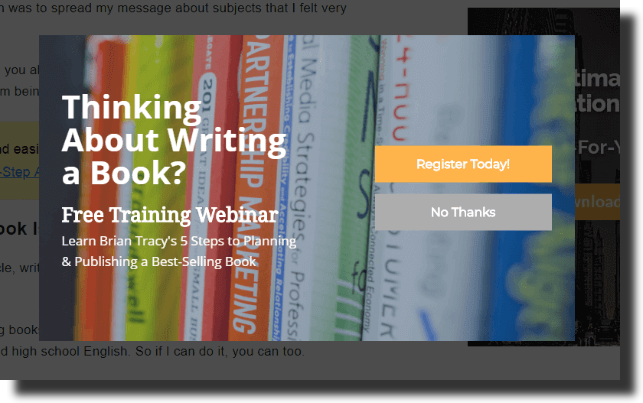
Webinars are super effective as they feature direct interaction between you and prospects. This way, you’re available to tackle any question there and then that the potential customers may have.
As a result, you can clear doubts and objections about your products and services to ensure prospects proceed to the next step down the sales funnel.
· Trials and Demos
You can offer free trials and demos in your business to push potential clients to the bottom of the sales funnel, where they convert into buyers.
If you go down this path, you’ll offer prospects a portion of your finished products for testing. This can be an efficient way to win their trust and boost conversion rates in your business.
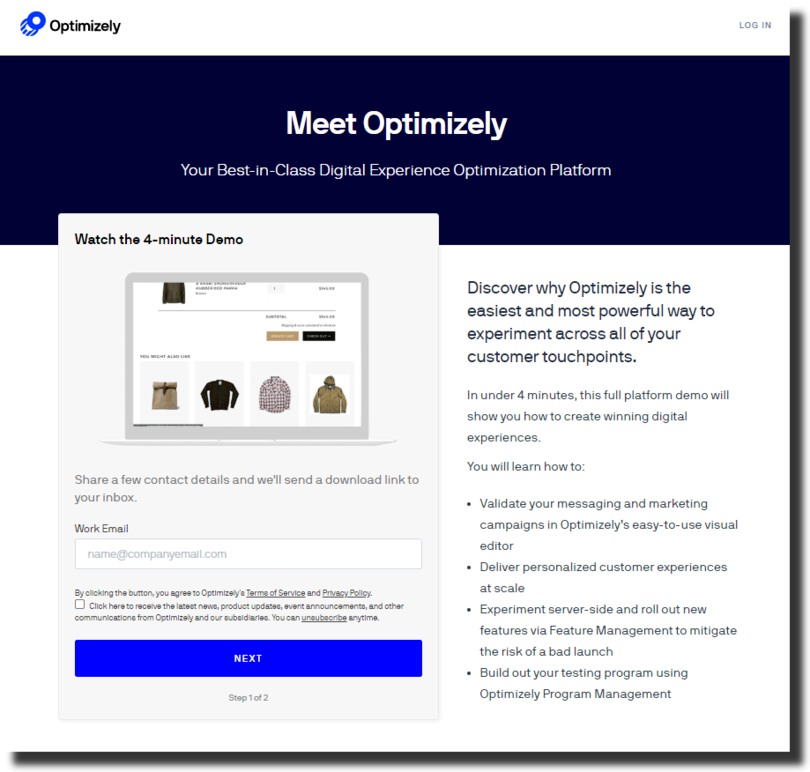
That’s because the potential customers will get to interact with your products before buying them. Therefore, they’ll buy instantly due to the assurance that your products are the perfect fit for their pain points.
#3. Bottom Of The Funnel Marketing Strategy (Decision and Post-Purchase Behavior Stages)
The main goal here is standing out amidst your competitors by proving to potential customers you are the best choice available. Also, this stage involves the transformation of prospects to return customers.
Bottom of the Funnel Content
In this stage, prospects are heavily equipped with the necessary details to make a purchase decision.
They have a list of possible solutions. Here, you don’t teach them anything. Instead, you provide them with all the evidence you’ve got portraying your products or services as the best.
You can shed light on your products’ features that make your products or services unique from what competitors are offering.
Also, you can use testimonials and sales page copy to share more information on whatever you’re offering. However, stick to facts and bare truths.
Bottom of the Funnel Tactics
· Use Urgency Activities
Urgency tricks are tactics that awaken the sense of scarcity. They include time-limited discounts and bonuses.
It also means that prospects in a relentless pursuit of solutions wouldn’t want to miss out on amazing deals. Therefore, providing them with limited offers is a perfect way to make them buy your products
· Upsells
Upsells are techniques that persuade buyers to purchase more or expensive products from you. It works by placing a benefit behind buying a lot of products or expensive ones.
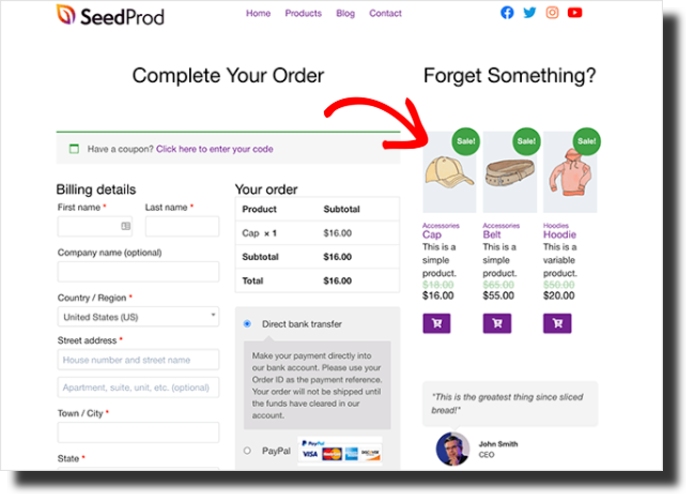
For example, you can develop a buying deal where customers must purchase a specified number of products to get one for free.
Alternatively, the deal can condition buyers to buy a specified number of commodities to get a particular amount of discount. This is one of the best ways to turbo-charge conversion rates and skyrocket sales in your business.
What Can You Use Funnel Marketing For?
You can use funnels in different areas of your website so you can track how visitors move in your website flow. That also means that you can use marketing funnels beyond sign-ups and purchasing.
You could track your newsletter signup or even a simple page conversion that involves viewing the signup page to submitting the signup.
Determine what your desired goals are and what you’d want your visitors to do on your website. From there you can come up with a funnel for it.
With the data you have collected, you’ll be able to identify areas with roadblocks and then work towards optimizing your funnel for best results.
Why Your Business Needs Effective Funnel Marketing That Converts
To ensure success in funnel marketing for your business, you’ll need to have several things at your fingertips. Firstly, start by understanding the different funnel marketing stages.
Secondly, know the content to use in each step of the sales funnel. Finally, consider implementing pro techniques when launching each stage.
This way, you’ll tailor your marketing efforts to fit the exact needs of individual prospects in a different state of the marketing funnel.
